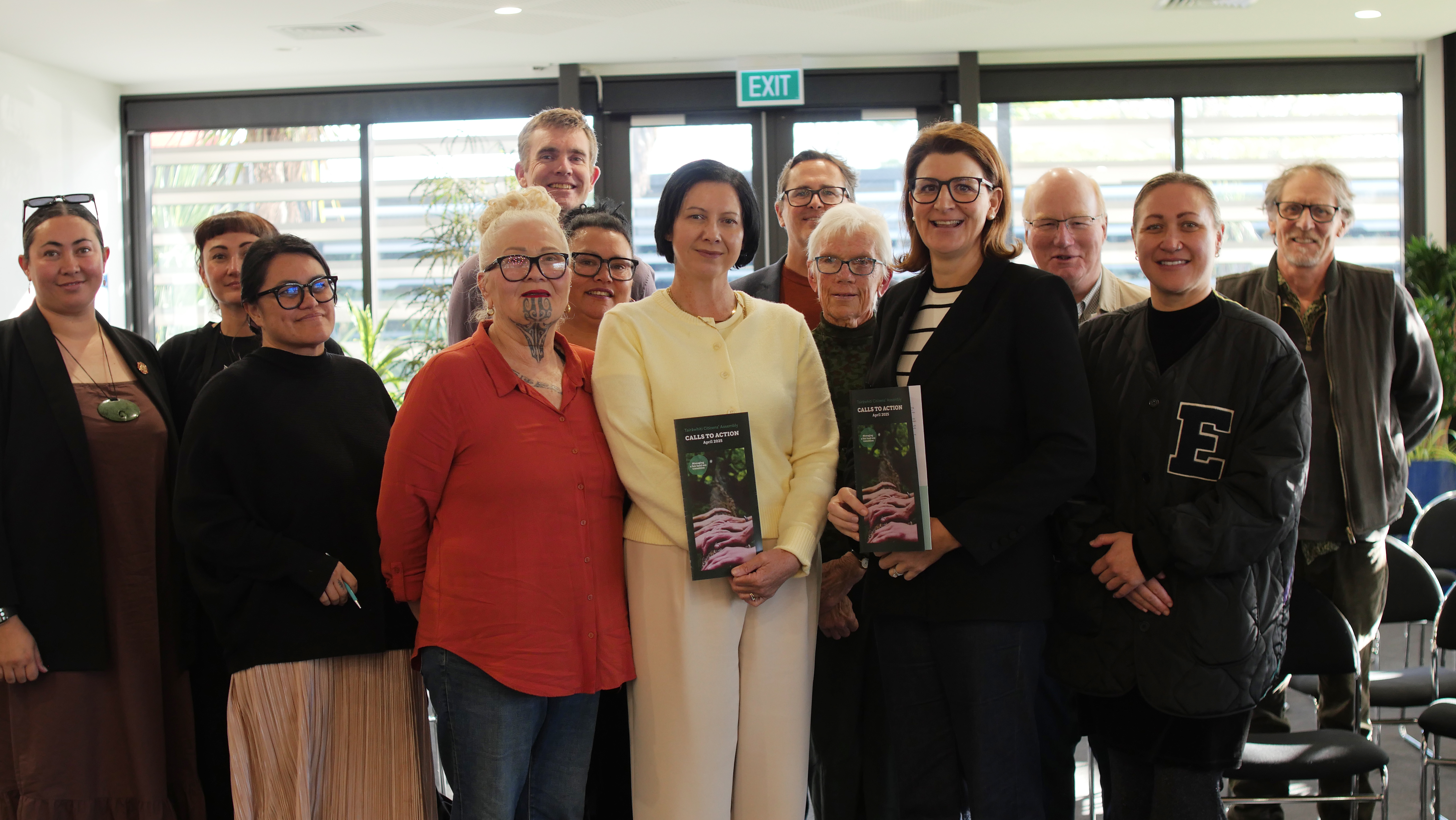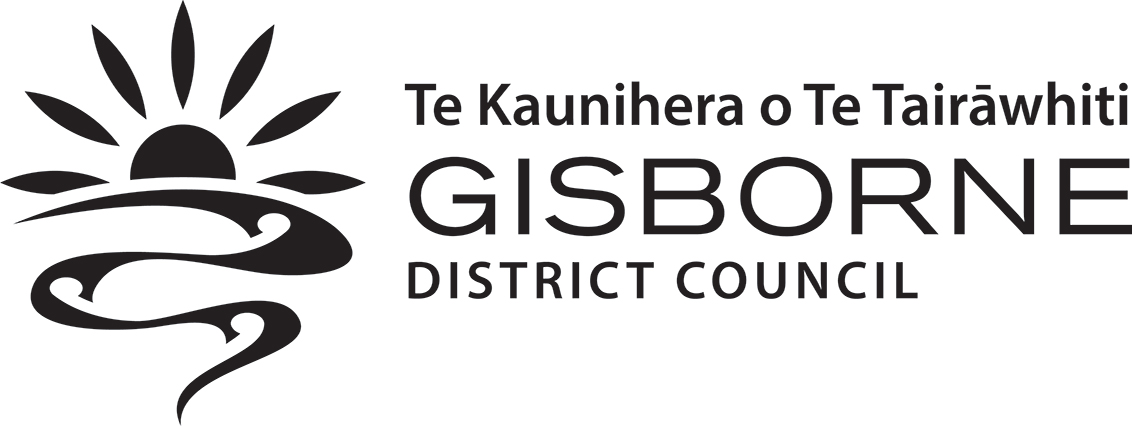26 May 2025
The Tairāwhiti Citizens’ Assembly has released a bold set of Calls to Action, urging Government, Council, and industry to support a locally led land use transition — one that restores the mauri of the whenua, uplifts communities and prepares the region for a climate-resilient future.
They’re calling it a message of urgency and one that underlines the need for a shared vision and a collective commitment with the resources to deliver it. The Calls to Action include challenges to central Government with specific challenges to Te Whatu Ora and Te Puni Kokiri, as well as to Council, Trust Tairāwhiti, TAG, land-based industries and research funders.
They are the outcome of a six-month process where a representative sample of the Tairāwhiti community met to hear from land use experts and stakeholders, and to discuss and agree on a fair approach to land use transition in the region.
Spokesperson Dayna Chaffey says the Assembly explored the mamae (pain) of decisions made from afar, choices that encouraged land uses which have failed to honour the shape or spirit of the whenua.
“We have seen the toll these decisions take with slips scarring the land, awa (river) choking with debris and the heavy weight carried by our whānau, especially in the face of a more challenging climate,” says Ms Chaffey.
“Our mahi was to sit with the kōrero, to listen deeply to science, to mātauranga (knowledge) and to lived experience. From there, we explored what must be protected, what’s possible and what needs to change.”
She called on Government, Council, Trust Tairāwhiti and the Transition Advisory Group (TAG) to invest in long term, locally led transitions that regenerate the region’s most vulnerable lands and restore the mauri of the ecosystems.
“We are highly supportive of the TAG process but concerned at the lack of broader community input to date and the risk of vested interests limiting the scope and outcomes sought,” said Ms Chaffey.
This was not a report to be shelved. “This is a voice from a community of people who live with the impacts of past land-use decisions and who hold a vision that needs an urgent, transparent and courageous response.”
The Assembly revisited the Ministerial Inquiry for Land Use (MILU) recommendations, and while some have been progressed through action on the ground, many remain unaddressed.
“The Calls to Action build on the strong community voice behind the MILU report,” says project lead Harley Dibble. “This Government – and future ones – must step up, remove barriers to local solutions and resource large-scale community change.”
Nature-based finance experts presented to the Assembly, highlighting the need for Government to help the region across a broader range of funding options, including green bonds, ecosystem service payments and biodiversity credits.
“The Government has a duty to address the harm caused by past and current policies,” said Mr Dibble. “Investing now in permanent ngāhere (bush) cover will deliver long-term protection and economic benefits for communities.”
Council chief executive Nedine Thatcher Swann acknowledged the dedication of the assembly members and the project team in delivering on a comprehensive set of recommendations.
“At the outset of the project we wanted to explore a ‘deliberative democracy’ model of engagement where a group of everyday people, representative of the community, came together to be informed and develop robust and enduring solutions for recommendation to Council,” said Ms Thatcher Swann.
“It’s extremely positive to see the diligence and commitment of members to this kaupapa and that there is alignment between the voice of the community and land-use transition work already underway.
“In the two years since the devastating weather events Council has engaged mana whenua partners, industry stakeholders and landowners through multiple streams working towards achieving sustainable land use. We’re committed to progressing pathways and decisions that reflect everyone’s voice.”
She said Council would now consider a response to each of the Calls to Action.
“Ongoing government support—particularly for funding transition costs and maintaining regulatory flexibility—is critical to sustaining momentum and enduring outcomes.”
Tairāwhiti Environment Centre general manager Sam Rowland sees the Calls to Action as securing the region’s future, prosperity and the health of generations to come. “The people have collectively developed a vision and actions for the future of our region,” she says.
For Te Weu chair Renee Raroa, this was a chance for Tairāwhiti to shine. “Tairāwhiti has the potential to lead Aotearoa in what a truly just and regenerative land-use future can look like,” says Ms Raroa, “but we need to shift power, unlock resources, and trust the wisdom of place.”
Learn more about the Citizens' Assembly here: https://teweu.zephyrwind.co.nz/

Photo: Gisborne District Council chief executive Nedine Thatcher Swann and Mayor Rehette Stoltz receive the Tairāwhiti Citizens’ Assembly Calls to Action from assembly members and the project team, (from back left) Tia Takarangi, Te Weu chair Renee Raroa, Paul Murphy, Meredith Akuhata-Brown, project lead Harley Dibble, Linda Evans, Ray Kitchen and Jonty Hall, (front) Rachel Hogan, Makahuri Thatcher-Wharehinga, Nedine Thatcher Swann, Mayor Rehette Stoltz and Assembly spokesperson Dayna Chaffey.
